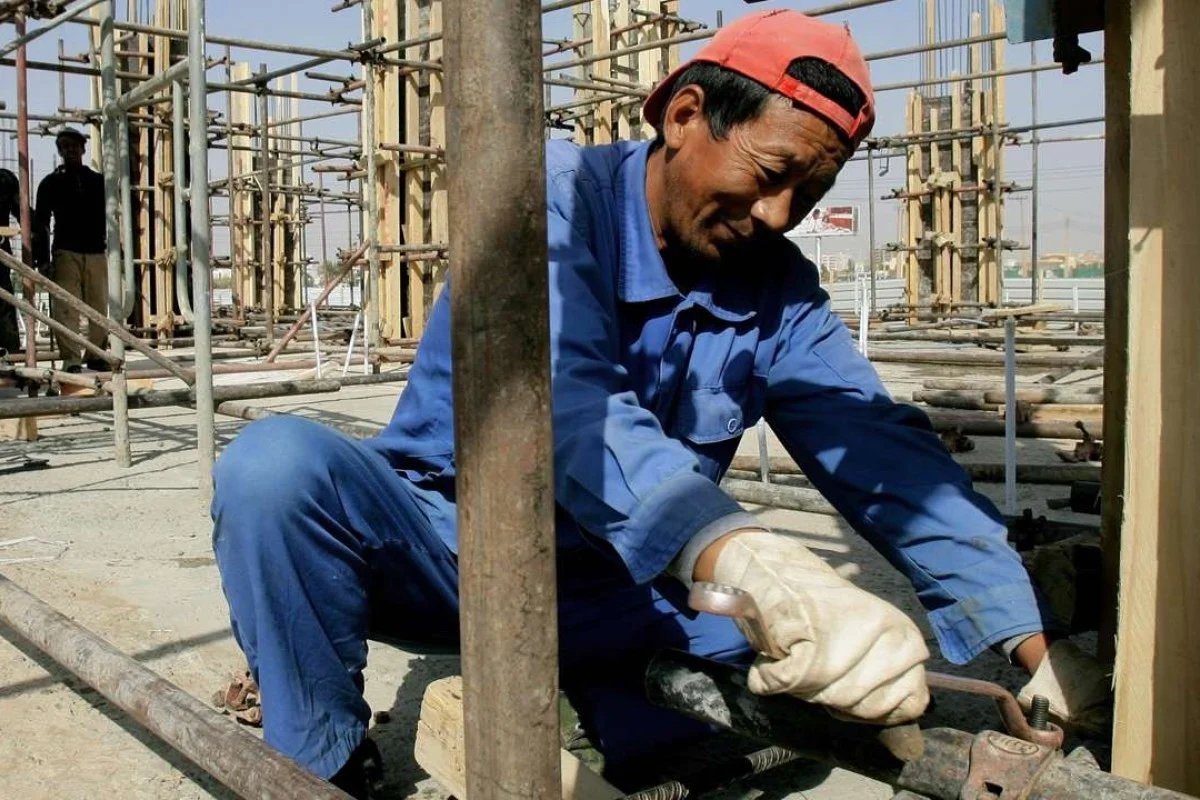One belt, one road initiative creates fresh opportunities for Asians investing in Africa
Confidence in the continent is high, with investment focused heavily on transport infrastructure and energy
Two decades of steady growth in Sino-African trade had made China the African continent’s largest trading partner by 2009. By 2013, China had become Africa’s biggest export and development partner, especially in Sub-Saharan Africa, according to a World Bank study.
The economic opportunities created by China’s belt and road dealings with Africa are many, and include such diverse areas as infrastructure development, currency investment, and the transfer of labour-intensive businesses to Africa.
At the same time, the post-Brexit climate has inclined Africa to pivot eastwards for skills and investment, says Sunil Kaushal, Standard Chartered’s regional CEO for Africa and Middle East. Furthermore, Asian investors have come to regard Africa as a continent of opportunities.
“More Asian economies are now showing interest in ramping up their African investments, attracted by rising urbanisation and consumerism across the continent,” Kaushal says, with a caveat that there remains “red tape and poor infrastructure”.
Undeterred by this, however, Chinese investors signed a deal earlier this year to build Sudan’s first nuclear power plant. Media reports stated that the facilities will be built by China National Nuclear Corp (CNNC), and that the deal is the first step in the belt and road initiative to expanding and exporting technology abroad. Sudan is China’s largest oil exporter and benefits from infrastructure funding from China, according to reports.
“More Asian economies are now showing interest in ramping up their African investments, attracted by rising urbanisation and consumerism across the continent.”
Another major focus in Sudan – and elsewhere in Africa – is on transport infrastructure. At a One Belt, One Road event hosted by the Hong Kong University of Science and Technology’s Institute of Emerging Markets Studies in October, locally-based Alicia Garcia Herrero, Asia-Pacific chief economist at Natixis, suggested that Chinese investment in Africa will heavily focus on rail development over in the next five years.
Besides Sudan, other African countries that stand to benefit from this cross-regional plan are Nigeria and Egypt, which are key locations on the “belt and road”.
The recent internalisation of the renminbi is also expected to have a positive impact on African markets, giving “emerging markets an important alternative when it comes to currency investment and hedging”, Kaushal says. “In Africa, the regional constraints associated with currency fluctuations and frequent shortages of US dollar liquidity could ease a little now, which could benefit many economies.”
But with infrastructure development comes cultural challenges, according to Central Asian scholars and Hong Kong academics, who point out that host countries often lack local workers with the specialist skills required.
The Council on Foreign Relations has said that over 1 million Chinese citizens have moved to Africa as a result of this shortage.
This article appeared in the South China Morning Post print edition as: Asian investors tap into rich new vein of opportunity
Original article published on South China Morning Post (Nov 1, 2016)
